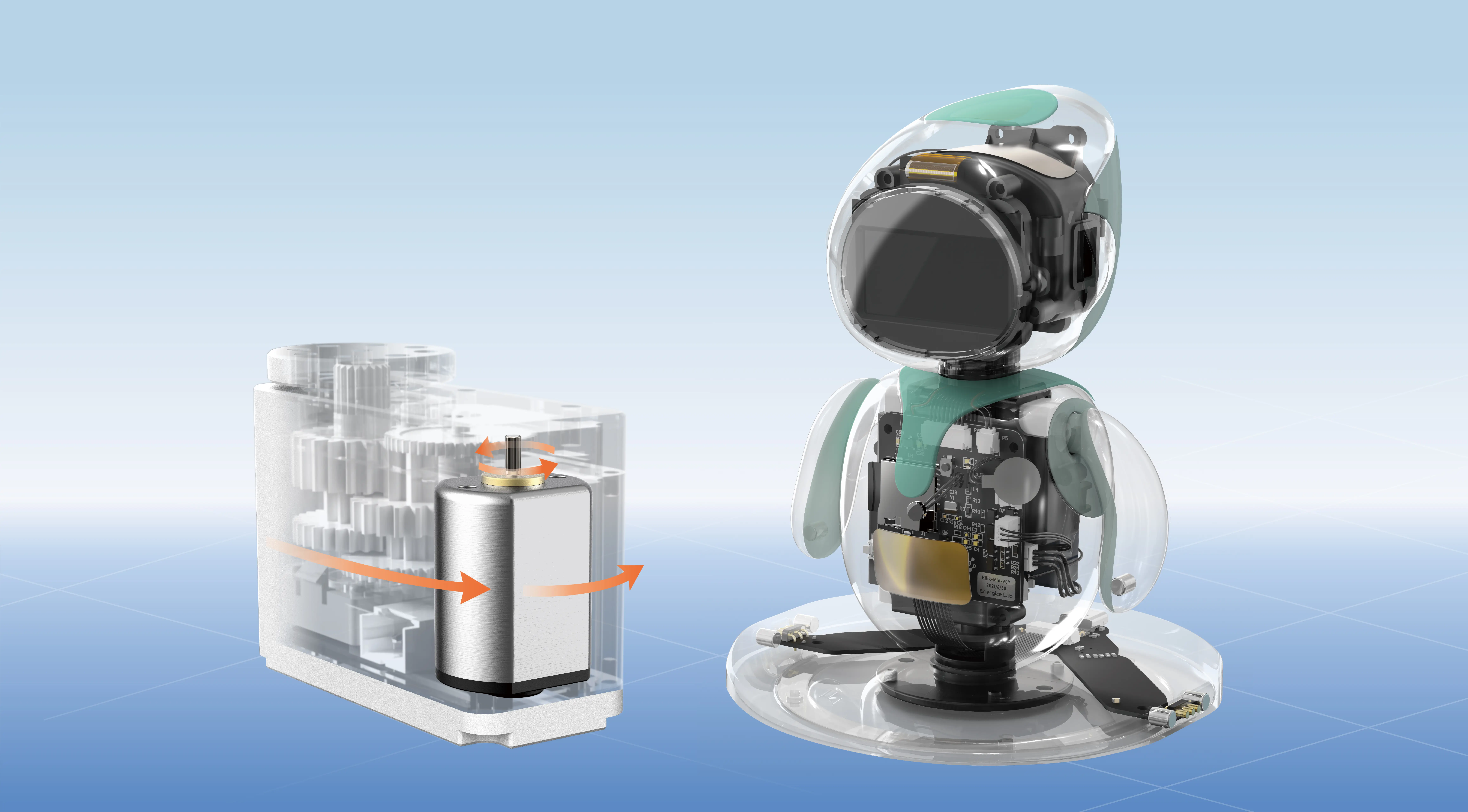Imagine this: a booming e-commerce platform during holiday sales. The traffic is exploding, transactions are pouring in at a dizzying pace, and the system needs to handle it all without crashing. That’s where microservices come into play, making a real difference in how this business keeps everything smooth and efficient.

Take a closer look at how microservices flex their muscles. Instead of one giant building, think of a city made of tiny neighborhoods—each with its own shops, roads, and services. When holidays hit, this city can expand or shrink parts of itself without disturbing the whole. That’s flexibility in action. The order processing service can be scaled up instantly to manage increased demand, while the inventory service quietly updates stock levels in real time, ensuring customers see accurate information.
This kind of setup isn’t just about fancy tech buzzwords. It’s about practical benefits that anyone managing a large platform will appreciate. For instance, when a particular feature breaks down—say, the payment gateway—only that microservice is affected, not the entire system. Business can continue on the rest of the platform, reducing downtime and customer frustration.
And what about tech teams? Instead of wrestling with a gigantic monolith, they focus on smaller, manageable chunks. Fixing bugs or deploying updates becomes a breeze—they can roll out new features without risking the whole system. This agility means faster innovation, happier users, and fewer sleepless nights for everyone involved.
Plus, microservices pave the way for cloud-based elasticity. During peak seasons, you can divert resources to the microservice that’s under load, without over-investing in the whole system. Scale-up happens where it’s needed most, making operations leaner and more cost-effective.
Some might ask, “Isn’t this all just complex?” Sure, microservices come with their own challenges—like managing inter-service communication, or ensuring consistent data. But when executed right, they transform a sluggish, fragile platform into a resilient, nimble machine.
Think about the real-world impact. Faster development cycles, rapid response to user demands, and a system that adapts on the fly. No more waiting weeks for a bug fix—changes are smaller, more targeted, delivered faster. Customer satisfaction skyrockets because your platform is reliable and responsive even during the busiest times.
Microservices aren’t just a tech trend; they’re a strategic move for any ambitious business aiming for growth. When you see how they handle scale, flexibility, and uptime in real time, it’s clear why more and more platforms are jumping on board. If you want your platform to be like that bustling city—resilient, adaptable, and ready for anything—microservices should be front and center.
Established in 2005, Kpower has been dedicated to a professional compact motion unit manufacturer, headquartered in Dongguan, Guangdong Province, China. Leveraging innovations in modular drive technology, Kpower integrates high-performance motors, precision reducers, and multi-protocol control systems to provide efficient and customized smart drive system solutions. Kpower has delivered professional drive system solutions to over 500 enterprise clients globally with products covering various fields such as Smart Home Systems, Automatic Electronics, Robotics, Precision Agriculture, Drones, and Industrial Automation.




































